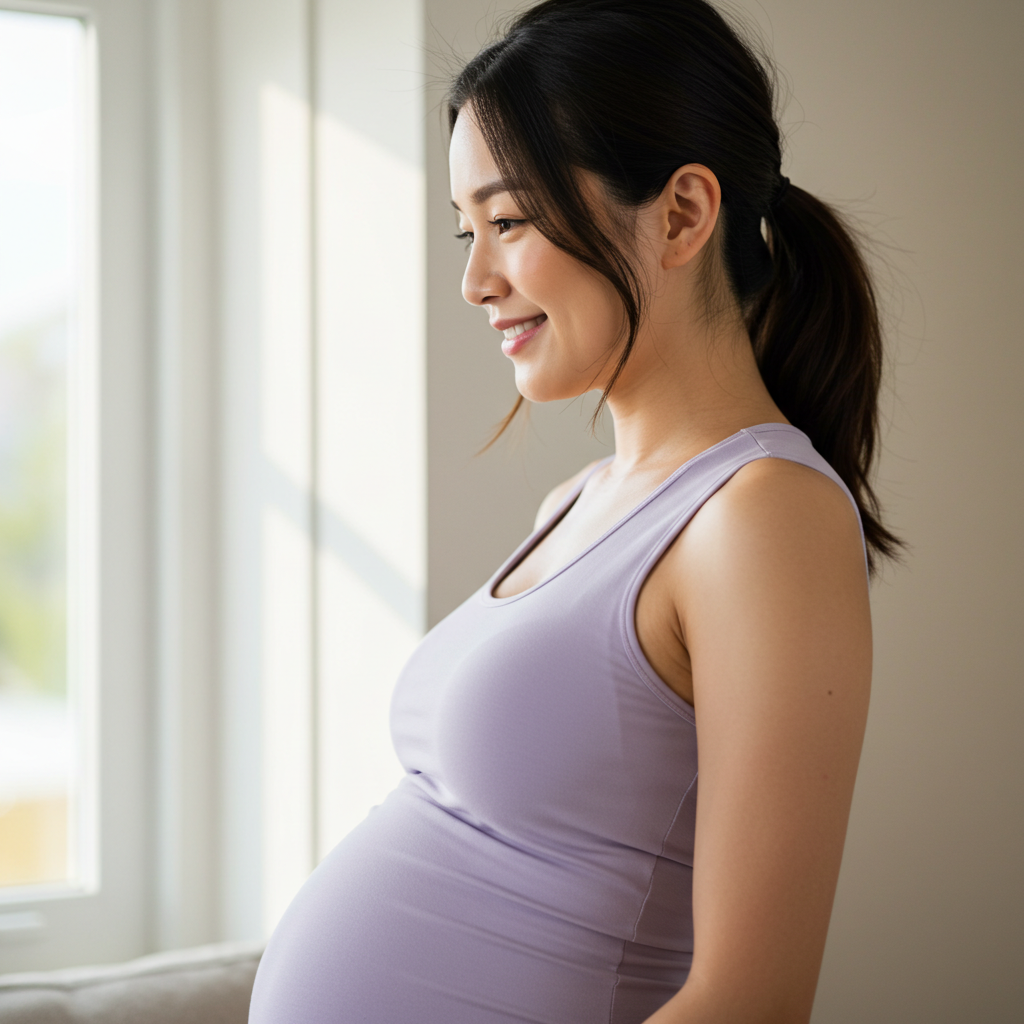Physio-led step-by-step progressive workouts and pilates.

Drawing on the 6Rs research, exercise intensity is carefully progressed through stages: from early recovery and review, to restoring strength and fitness, and finally reconditioning, helping you achieve your fitness goals.
Physiotherapy-led workouts and expert advice addressing common postpartum complaints and considerations.
A step-by-step approach with targeted workouts and Pilates sessions, supported by downloadable resources to guide your recovery.
Specialised education and progressive strengthening, plyometric, and core classes designed to help you safely return to impact activities and weightlifting.
Many women struggle to find fitness resources after giving birth, leading to worry about their health and making things worse with exercise. Conflicting advice makes it hard to know what’s safe and effective.
Glowfit supports you with the most recent evidence and clinical experience to support you through:

New users get a 7 day free trial on all methods.










Yes. As long as you follow our workouts sequentially and pay attention to our symptom checker and the form we describe then strength training is not only safe but really effective in regaining function post baby. If you are unsure at all we recommend seeking advise with your healthcare provider.
Yes, there is a specific diastasis series of videos designed to support you in the management of your diastasis based on the most recent evidence and our clinical experienc. Our programme has been carefully designed to facilitate your diastasis healing as long as you progress through the stages in sequence. If it doesn’t improve or worsens we recommend seeking assessment from a women’s health physiotherapist.
Yes. We have a specific prolapse section to give you strategies to help manage your prolapse through exercise. If you have a prolapse we recommend seeng a women’s health specialist to help guide you with your exercise prescription.
Stage 1 is safe to start after having your baby unless you have been advised not to by your healthcare provider. The exercises are gentle and low level, facilitating your recovery whilst protecting your healing tissues.
They range from 10-40 minutes.
Some of the workouts do involve using a resistance band, dumbbell or kettle bell and ball/pillow. These are not essential however and you can still do the programmes without these.
This will be completely dependent on how you feel, how much time you have and your delivery and recovery. Everyone is different so we advise to progress at your own pace. We have provided a workout planner in stage 2 to help guide your progression. The exercises for your pelvic floor and core are safe to do daily in stage 1. Pay attention to our symptom checkers for signs that you are doing too much or need to seek an assessment from a women’s health specialist.
We have given rough time frames of when it is safe to begin each stage. It is important to only progress when you feel strong and able to complete the exercises in the previous stage or phase without symptoms.
Our programme is designed to facilitate your healing so unless you have been advised otherwise you are safe to start stage 1 when you feel ready. We have a specific c section series of videos with more specific advice around your recovery. We advise not to progress to more dynamic exercises and stage 2 until your wound has fully healed and you have been cleared to exercise by your healthcare provider.
Yes absolutely. It doesn’t matter how many years post natal you are, still work through our stages progressively.
No, not unless you have speciifcally been advised to wait exercising by your GP or healthcare provider.
Discover fitness plans that tailored to all your life stages, from pregnancy through to menopause.